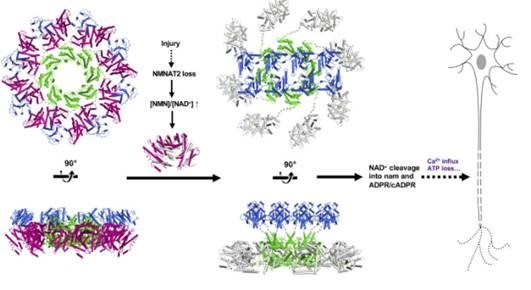Alastair Parkes, Ph.D, Group Leader, Discovery Chemistry, Evotec UK
The problems surrounding the economics of antibacterial drug development are well known, with the cost of simply keeping a product available for use now outstripping revenues from sales in many cases.
However, early R&D push incentives from organisations such as CARB-X and the new AMR Action Fund are keeping research going, while efforts continue to try to ensure the true value of novel antibiotics are recognised, spearheaded by the UK’s pilot of a subscription model for reimbursement of developers of new antibiotics
The challenges of running clinical trials sufficient for approval and securing adequate sales returns can affect scientific strategy, resulting in the targeting of only broad-spectrum agents most desired by clinicians. Through years of research, and discussions with members of the antibacterial research community, it became clear to me that the understandable focus on what both regulators and the market will currently support can be at odds with some of the most promising avenues in the science of antibacterial drug discovery. Narrow spectrum or even single pathogen agents may be of huge value in years to come, and from a scientific perspective, these compounds may be more readily accessible than broad-spectrum drugs.
As a medicinal chemist, my primary focus is on molecular design, and while there are many excellent reviews in the field, I felt that a perspective addressing how the many aspects of antibacterial drug discovery affect our design strategies would be a useful addition. I visualise any problems from the viewpoint of the antibiotic molecule, and consider the various challenges it must overcome to become a useful agent for clearing bacterial infections. In each case I consider how our knowledge should influence design strategies. While these principles are at the heart of our research at Evotec, I hope that sharing these ideas with the wider community will aid researchers in their work to address the growing threat of AMR.
READ THE FULL ARTICLE

